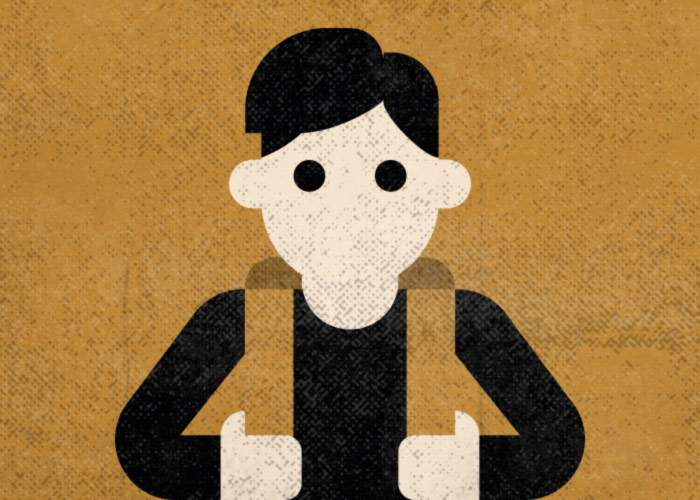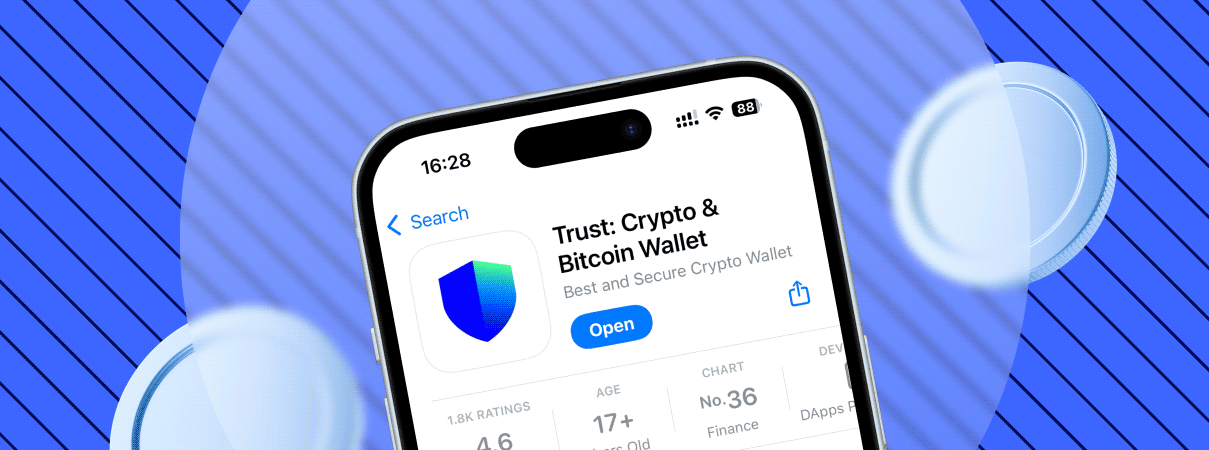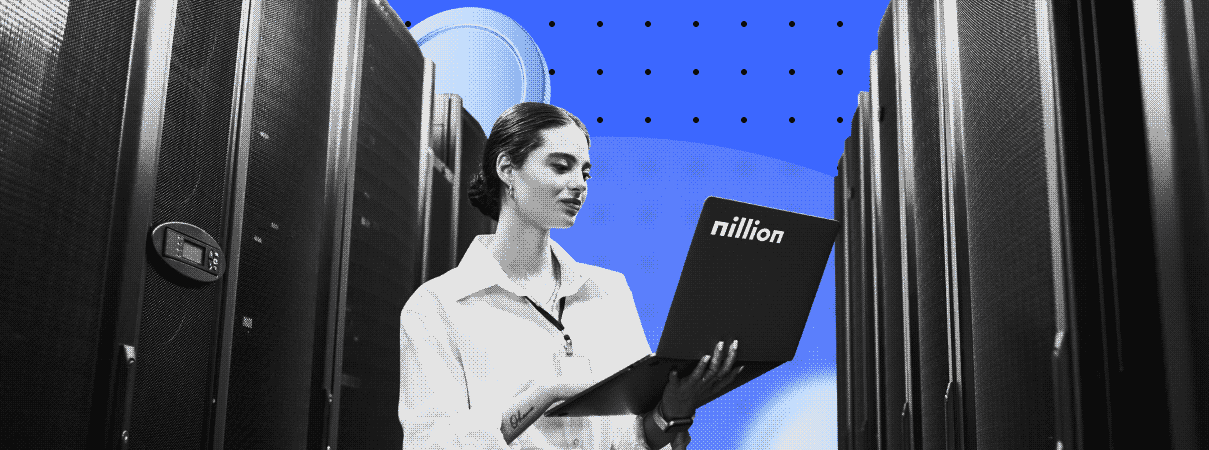Let’s look at how Web3 innovations reshape the educational process and explore the global perspectives and challenges of using Web3 in education.
Web3 Technologies in the Educational System
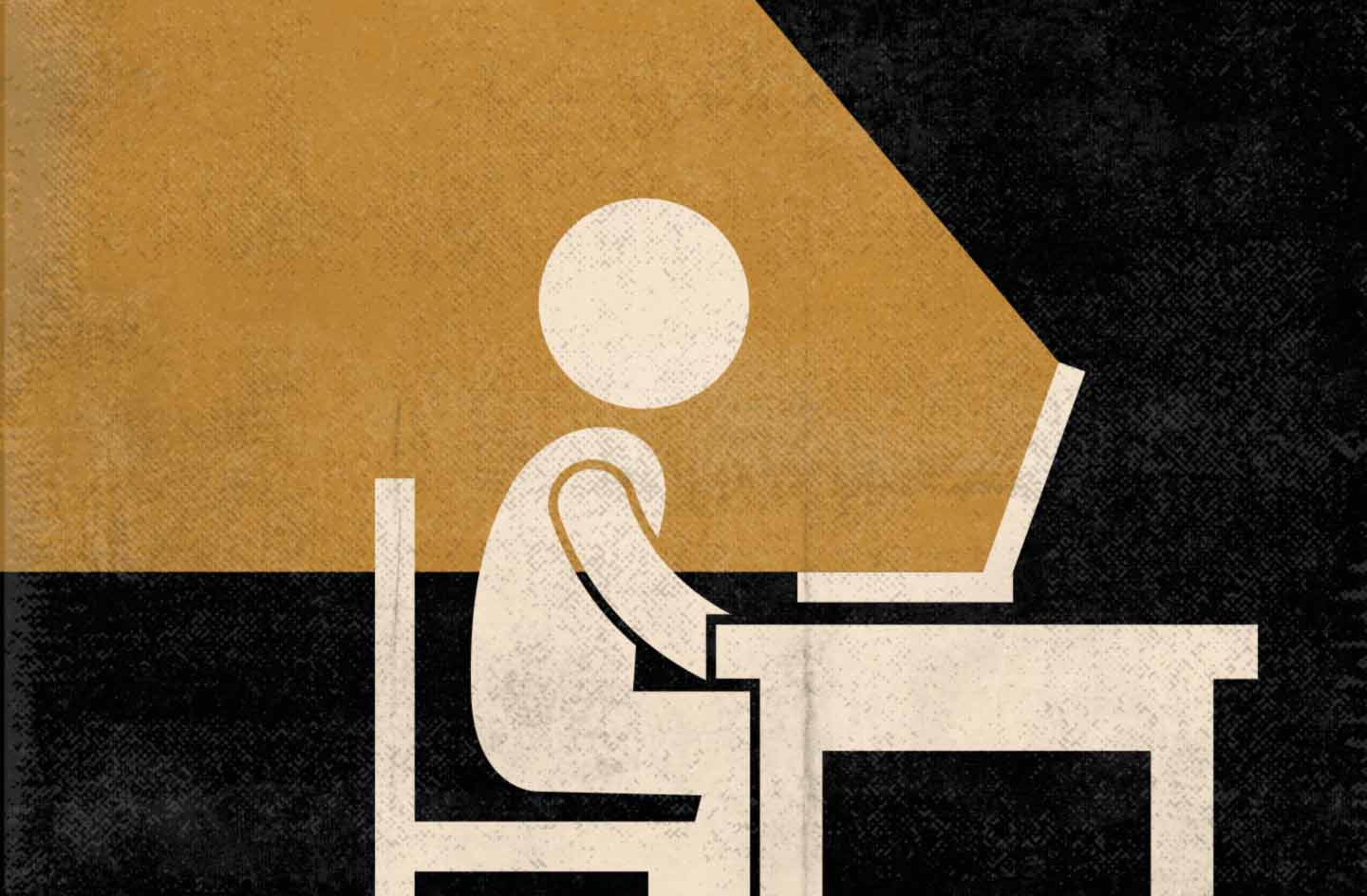
Web3 technologies provide an array of possibilities for transforming the educational process and creating new educational models. Web3 innovations can greatly simplify learning and change the very approach to acquiring knowledge.
The most common ways of using Web3 in the education system are:
- Learning in virtual reality. Web3 opens up a way to use virtual (VR) and augmented reality (AR) for more interactive learning. Metaverse technologies allow students to gain practical skills and deepen their understanding of the material by interacting with 3D objects in virtual environments.
- Online education. Web3 technologies, and blockchain in particular, provide decentralized educational platforms where students and teachers can interact directly without any intermediaries. This facilitates more transparent and effective communication within the educational process.
- Capturing achievements. Blockchain can be used to create digital diplomas, certificates, and certificates of academic achievement that can’t be faked. This increases the credibility of such documents and makes it easier to record and verify students’ credentials. Smart contracts and digital signatures ensure that documents are authentic and unalterable.
- Microfinance and incentives. Smart contracts can be used to create different customizable incentives and rewards for students, who can receive digital assets for achievement, collaboration, or activity.
Examples of Educational Web3 Platforms
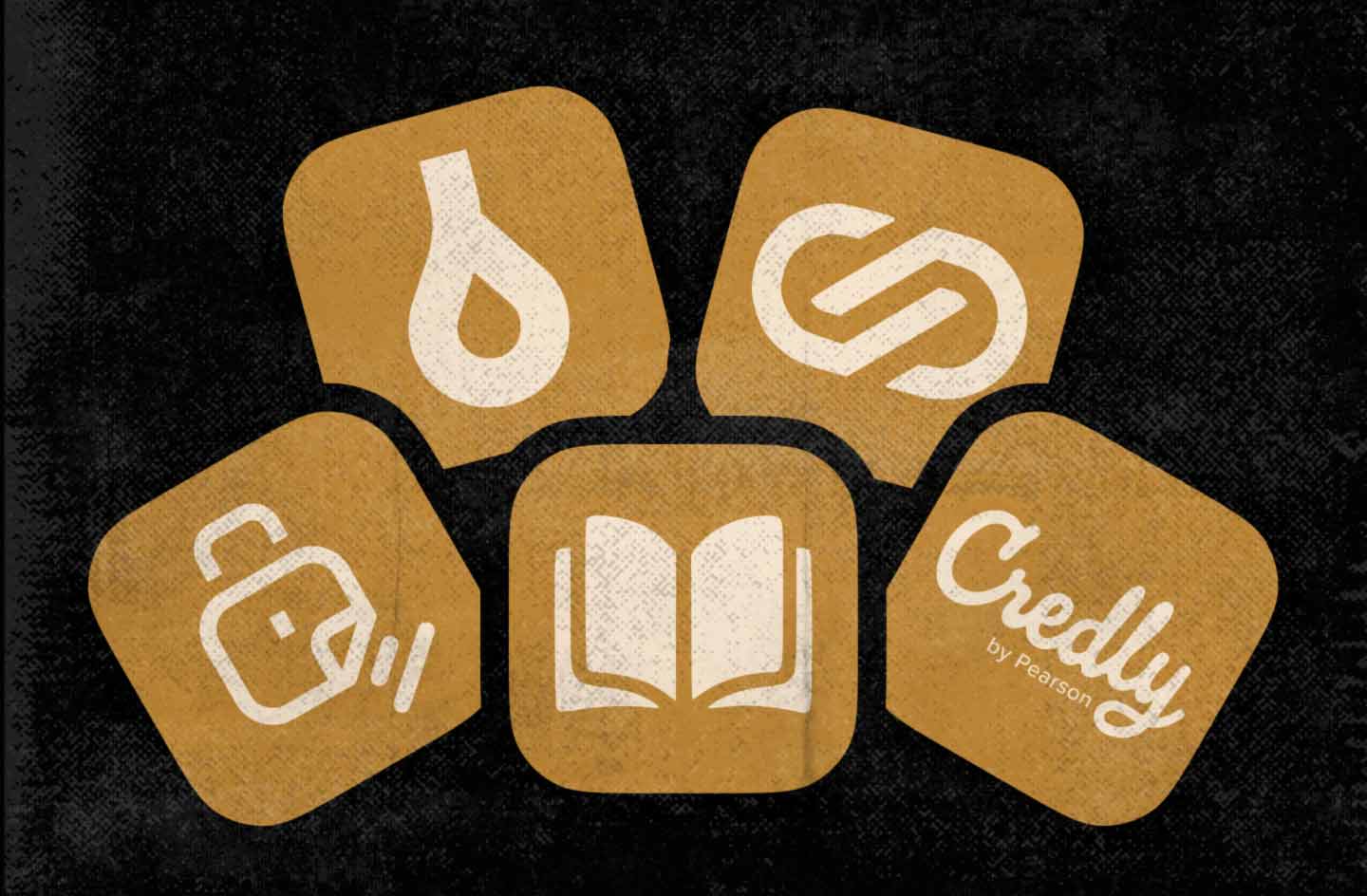
There are already many educational Web3 platforms with different specifics that demonstrate the potential of decentralized technologies in the education system.
For example, among the Web3 platforms for education using VR are:
- Alchemy, a platform that integrates educational materials with virtual reality, providing unique opportunities for immersive learning. With Alchemy, students can immerse themselves in virtual environments that recreate real places, explore them, and gain knowledge through interactive tasks and scenarios. The platform allows students to get a deep understanding of complex subjects through realistic visual and sound effects and interaction with virtual objects and environments.
- Engage, a platform for creating and conducting virtual lessons, training courses, and conferences. With Engage, teachers and trainers can design interactive scenarios and assignments that students perform in a virtual environment. The platform supports communication via voice and text chat and enables presentations, demonstrations, and interaction with virtual objects.
- Unimersiv, a platform that provides access to educational content and interactive training programs in virtual reality. Users can conduct scientific expeditions, exploring and immersing themselves in various historical events and places.
Some examples of Web3 platforms that record achievements include:
- Credly, an achievement and skill validation platform that provides tools for creating, issuing, and visualizing digital certificates. Users can also earn virtual awards by demonstrating their knowledge and achievements in various areas. Credly also features integration with other platforms and systems, making it easy to share certificates and other data created with it.
- Brocument, a platform designed to create, authenticate, store, and share diplomas, certificates, credentials, and other documents that attest to academic achievement.
Examples of decentralized learning environments include:
- EduDAO (Educational Decentralized Autonomous Organization), an educational decentralized autonomous organization that allows students and faculty to share knowledge, receive financial support, and participate in the management of the platform. Students can pay for the course they choose on the platform and be rewarded for completing it with digital assets.
- ODEM (On-Demand Education Marketplace), a platform that allows students to choose and take a variety of courses and enables teachers to create learning programs. Moreover, students can save their achievements, progress, and skills digitally, creating a professional profile on ODEM.
- BitDegree, a platform that offers a wide range of courses in web development, data management, P2E gaming, and blockchain projects. Students can receive a BitDegree token (BDG) as a reward for achievements and progress in their studies.
- LiveEdu, a decentralized video platform for educational materials. Streaming service LiveEdu.tv provides an opportunity to watch professionals in programming, design, and other related fields. It allows users to communicate, discuss projects, and hire streamers for specific tasks. All transactions and incentives for developers, students, and moderators on the platform are done with an EDU token. The token is also used to incentivize content creators on the platform.
Challenges of Integrating Web3 Technologies into Education
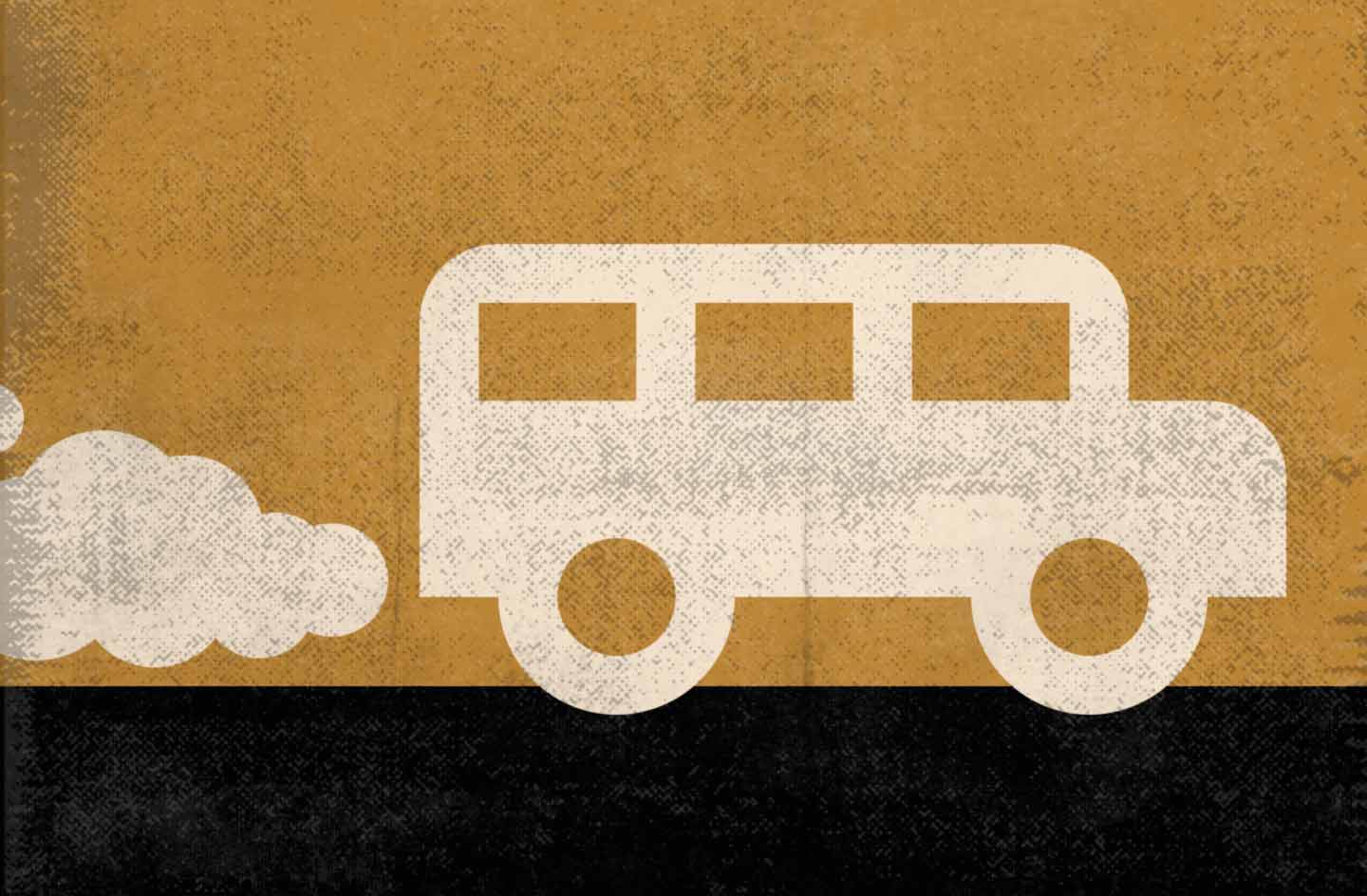
Despite all the advantages of using Web3 in educational projects, its implementation today is associated with several difficulties that hamper the process of its global adoption and mass introduction into the education system. Among them are:
- Lack of generally accepted standards. Web3 is in its early stages of development, so there are no generally accepted global standards and protocols for Web3 projects at this time. Eventually, the lack of standardization could lead to fragmentation and incompatibility between different educational platforms and solutions.
- Risks of low-quality content. The decentralized nature of Web3 implies a risk of poor-quality educational content. Without oversight and regulation, unverified sources can be detrimental to the educational process. It’s necessary to develop mechanisms for filtering and verifying content and tools for evaluating the quality of educational resources.
- Low awareness. The introduction of Web3 in education requires the participants (teachers, students, and administrators) to understand and be able to work with new technologies. Low awareness and insufficient training can be a barrier to the successful use of Web3 in the educational process. It’s important to provide training and support to the community to improve their competence in working with innovative technologies.
- Inequality of access. Although Web3 offers the potential for global educational accessibility, some regions or social groups still have difficulty not only obtaining high-speed Internet access but also not having any access to the necessary equipment for learning. Therefore, global issues of inequality of access to the network and technological resources must first be addressed.
Future Prospects
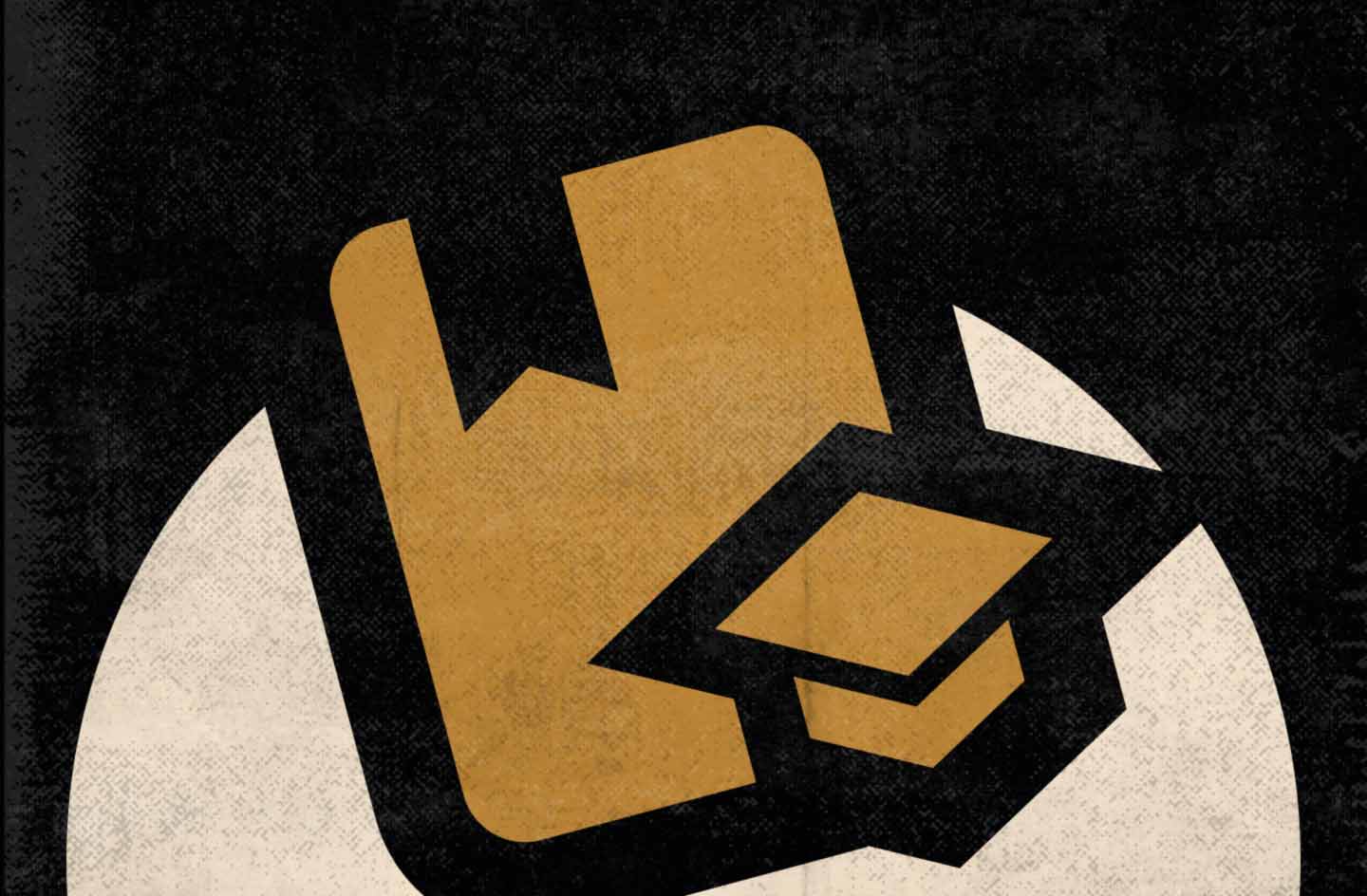
The prospects for the future use of Web3 in education are quite promising:
- More accessible education. Web3 overcomes geographic and economic barriers by providing access to education anywhere in the world. With the development of global network infrastructure, decentralized platforms, and digital resources, students around the world will be able to receive a quality education without having to be physically present at educational institutions. This is especially important for those in remote and low-income regions.
- Flexibility and personalization of learning. Web3 creates educational programs that can be customized to each student’s needs and pace of learning. Web3 technologies make it possible to build individualized curricula and provide personalized guidance and feedback to students.
- Opportunities for collaboration. Web3 promotes online education and collaborative approaches. Students and teachers can actively interact and share knowledge and experiences through decentralized platforms and social networks. This facilitates the development of learning communities and the creation of networks of professional contacts.
All in all, Web3 technologies break new ground for the education system by creating a more accessible, flexible, and innovative learning environment. However, in order to realize the full potential of Web3 in education, further research, development of standards, and training of education participants in using Web3 are needed. As a result, it can be a powerful tool to improve the quality of education and create a more effective and inclusive learning system.
